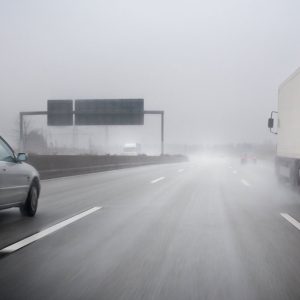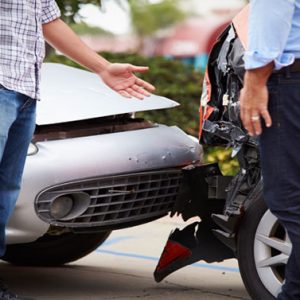Did you know that the most common type of accidents between vehicles are rear end collisions?
They happen because the drivers do not have enough time to perceive and react safely when traffic is slowed or stopped. Hence increasing you distance from the vehicle in front of you can help you to react when the vehicle in front of you comes to a sudden stop.
What is the Three Second Rule?
The three second rule simply states that It can help you identify a hazard and react safely by increasing the distance between you and the car ahead. The National Security Council recommends a minimum of three seconds after distance.
It is relatively easy to determine the three-second gap. Choose an overhead road sign, a tree or other roadside marker when following a vehicle. Note when the vehicle ahead passes that marker, then see how many seconds it takes (count 1-1,000; 2-1,000; 3-1,000) for you to pass the same spot. If it is not at least three seconds, leave more space and increase your following distance.
Think in terms of time, not space, of following distance. Highway engineers use time, not distance, to represent how long it takes a driver to perceive and respond to hazards with a standard of 2.5 seconds. The National Safety Council also uses this standard (plus a little extra for safety) when recommending the three-second rule for following distance.
Sometimes the Three Seconds isn’t Enough
The three-second rule is recommended for passenger vehicles under ideal road and weather conditions. Slow down and increase your distance even further in adverse weather conditions or when visibility is reduced. Also increase your following distance if you are driving a larger vehicle or towing a trailer.
Distractions such as texting, reaching for a drink or watching a navigation device also play a role in rear end collisions. Even if you’re using the three-second rule, you may not have time to respond to a hazard if you’re distracted. It’s another reason you should avoid distractions while driving.
Travelers Insurance



